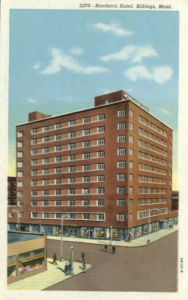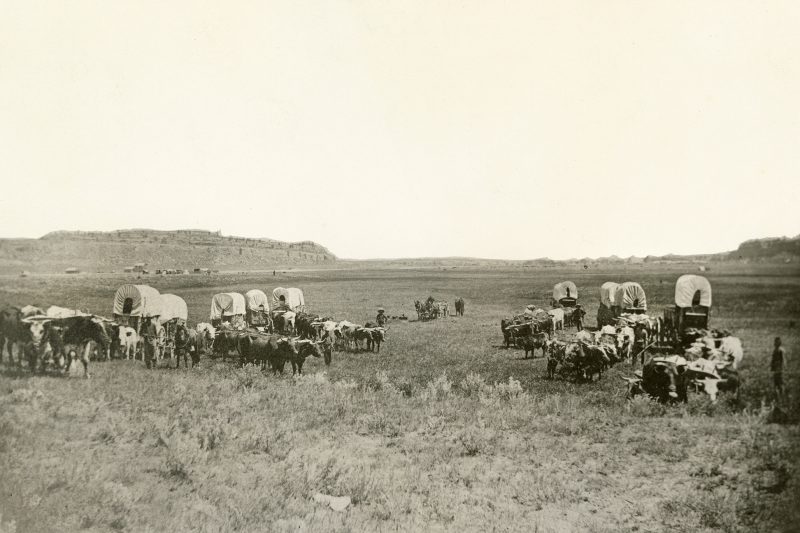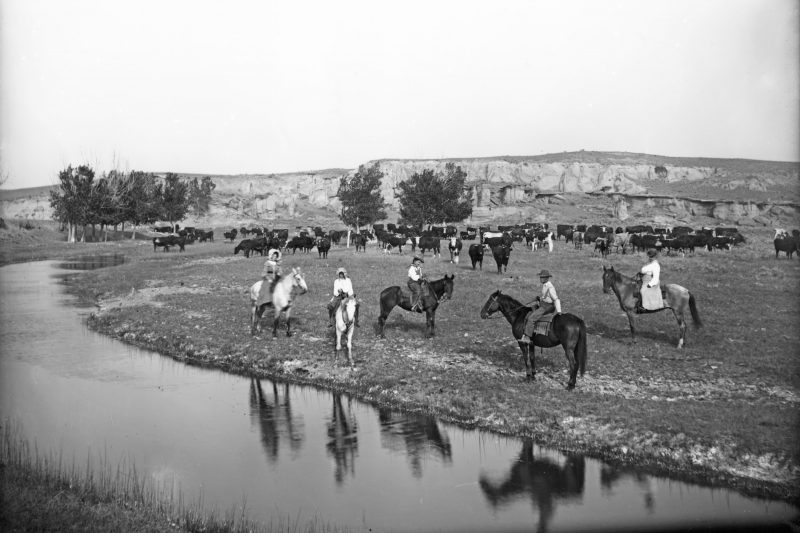
“Rimrocks, Rivers and Rolling Plains: History from the Yellowstone Valley” is the theme of the 45th annual Montana History Conference, coming to Billings Sept. 27–29. History enthusiasts will gather from all over the state – and around the country – in the “Magic City” for an exciting program of workshops, presentations, and entertainment.
“While the conference covers topics that range from Livingston to Sidney, we’re also focusing on Billings’ brightest and best,” Montana Historical Society director Bruce Whittenberg said. “This is certainly true of the featured speakers, beginning with longtime journalist Ed Kemmick, who will kick the conference off on Friday morning.”
“His session is devoted to the role of journalists in capturing the ‘first draft’ of history,” Whittenberg noted. “And it continues through to the closing session at Saturday’s luncheon where Mayor Bill Cole will discuss the importance of using local history as a means of economic development.”
In between Kemmick and Cole, other presenters from Billings and elsewhere in the Yellowstone Valley will discuss such topics as the role of railroads in community development and daily life; the Bearcreek Cemetery, where casualties of the Smith Mine disaster were laid to rest; Chief Plenty Coups’ public feasts; the storytelling skills of Western artist Will James; the history of Billings-based KOA camgrounds; early attempts to regulate the practice of medicine in the Treasure State; the contributions of mountaineer Fred Inabnit; and so much more.
According to Whittenberg, “The ‘brightest and best’ isn’t limited only to the speakers. The conference will also feature many of the Magic City’s greatest cultural treasures.”
Pre-conference workshops offer special instruction for educators and archivists, while this year’s ever-popular Made in Montana Tour focuses on agriculture in the Yellowstone Valley. Docent-guided and self-guided tours give conference goers the opportunity to explore such historic venues as the Moss Mansion, Western Heritage Center, Yellowstone County Museum, Billings Depot, and Chief Plenty Coups State Park.
Northern Hotel once repository of historic Russell collection
In addition, Kirby Lambert, who organizes the conference each year, says he’s particularly excited about the conference venue – the historic Northern Hotel.
“Not only is it an architectural gem,” Lambert notes, “it also played an important part of the story of the Montana Historical Society’s world-class collection of Charlie Russell art.”
The nucleus of the state’s Russell collection is the 53 pieces assembled by Wall Street financier and Roscoe rancher Malcolm Mackay. In 1942, when Mackay’s widow, Helena, was looking for a place to exhibit her late husband’s Russell collection, she chose the recently constructed Northern Hotel because it offered a “completely modern and fireproof” facility.
Once the collection was installed, it remained at the Northern until it moved to the Montana Historical Society in Helena in 1952. Hotel manager L. W. Carter dubbed the collection “the finest inducement for tourists to stop of anything that has ever come to Billings.” Now, conference goers can learn about Montana’s past in the same space where Charlie’s masterpieces once hung.
For more information on conference registration, visit the Montana Historical Society website.

